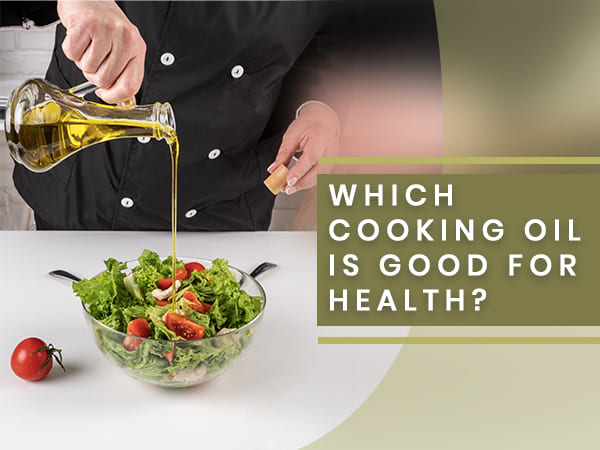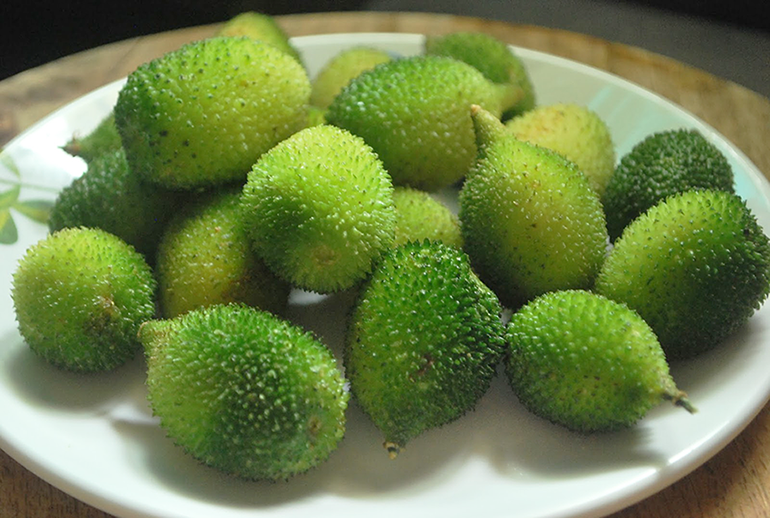The Best Cooking Oils for Health: A Guide to Making Nutritious Choices
In the world of culinary arts, cooking oils play a vital role in enhancing flavors, textures, and even the nutritional value of our meals. With a myriad of options available, it’s important to understand the characteristics and benefits of different cooking oils to make informed and health-conscious choices. In this article, we’ll explore some of the best cooking oils for your health and how to use them effectively in your kitchen.
The Criteria for Choosing Healthy Cooking Oils
When selecting cooking oils for your culinary creations, there are a few important factors to consider:
- Smoke Point: The smoke point is the temperature at which an oil starts to break down and produce harmful compounds. Using oils with higher smoke points for high-heat cooking methods is essential to maintain their nutritional value.
- Fatty Acid Composition: Pay attention to the types of fats present in the oil. Opt for oils that are high in healthy monounsaturated and polyunsaturated fats, while keeping saturated and trans fats to a minimum.
- Nutrient Content: Some oils contain vitamins, antioxidants, and other beneficial compounds that contribute to your overall health.
- Flavor and Aroma: Different oils have distinct flavors and aromas that can enhance your dishes. Consider these attributes when choosing an oil for a particular recipe.
Scientists Warn Against Canola Oil: Is It Bad for Your Health?
The Healthiest Cooking Oils
- Olive Oil: Extra virgin olive oil is rich in monounsaturated fats and antioxidants. It has a low to medium smoke point, making it suitable for sautéing, roasting, and dressings.
- Avocado Oil: This oil is high in monounsaturated fats and vitamin E. With a high smoke point, avocado oil is great for high-heat cooking and grilling.
- Coconut Oil: While high in saturated fats, virgin coconut oil contains medium-chain triglycerides that can provide quick energy. It’s suitable for low to medium heat cooking and baking.
- Canola Oil: Low in saturated fats and high in omega-3 fatty acids, canola oil has a high smoke point, making it versatile for different cooking methods.
- Grapeseed Oil: With a high smoke point and a neutral flavor, grapeseed oil is ideal for frying, baking, and sautéing.
- Flaxseed Oil: Rich in omega-3 fatty acids, flaxseed oil is best used as a finishing oil in dishes like salads or smoothies due to its low smoke point.
- Sesame Oil: Both toasted and untoasted sesame oil add a distinct flavor to dishes. Toasted sesame oil is often used in Asian cuisine, while untoasted sesame oil is suitable for medium-heat cooking.
While these cooking oils offer health benefits, moderation is key. Pay attention to portion sizes, as oils are calorie-dense. Additionally, consider using a variety of oils to get a range of nutrients and flavors in your diet.
In conclusion, choosing the right cooking oils can have a significant impact on your health and the flavor of your meals. By understanding the characteristics of different oils and their uses, you can create delicious and nutritious dishes that contribute to your overall well-being. So, experiment with various oils in your kitchen and savor the delightful results!












